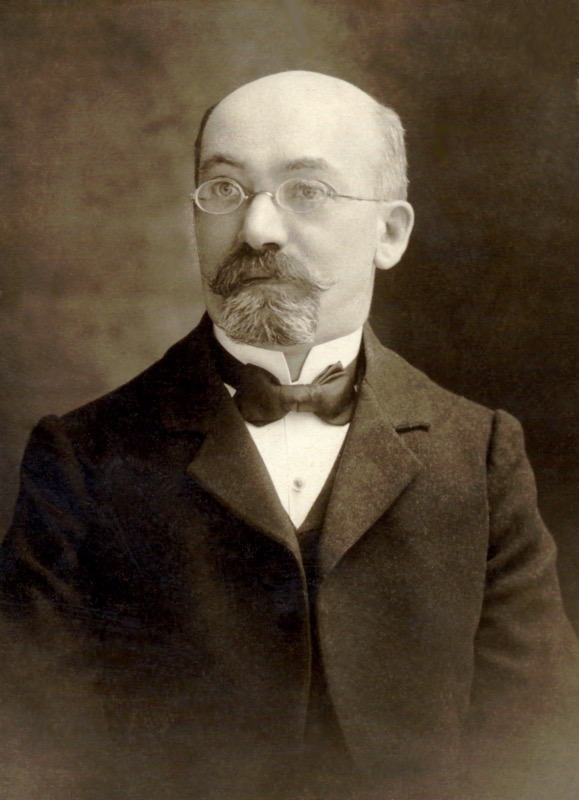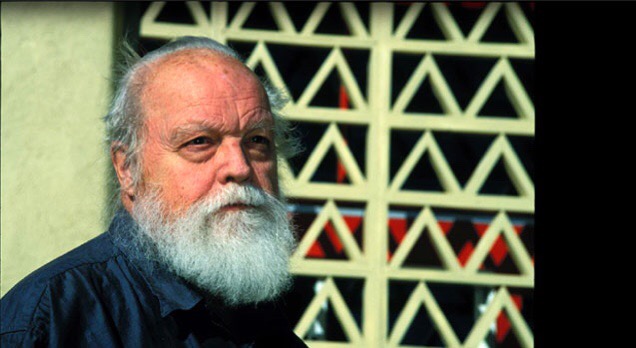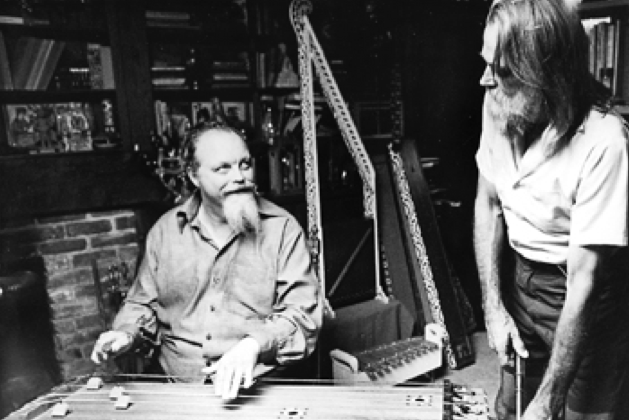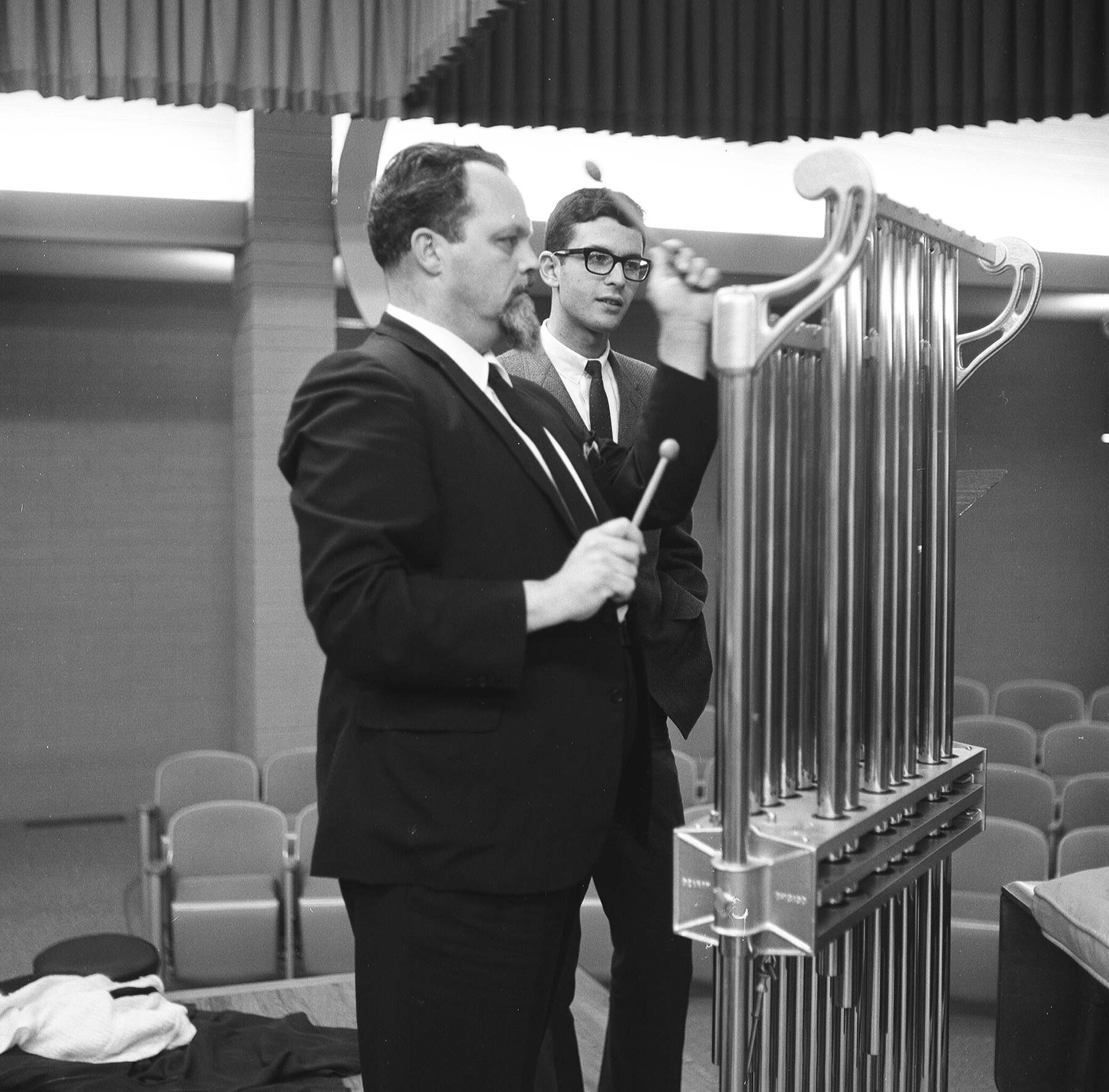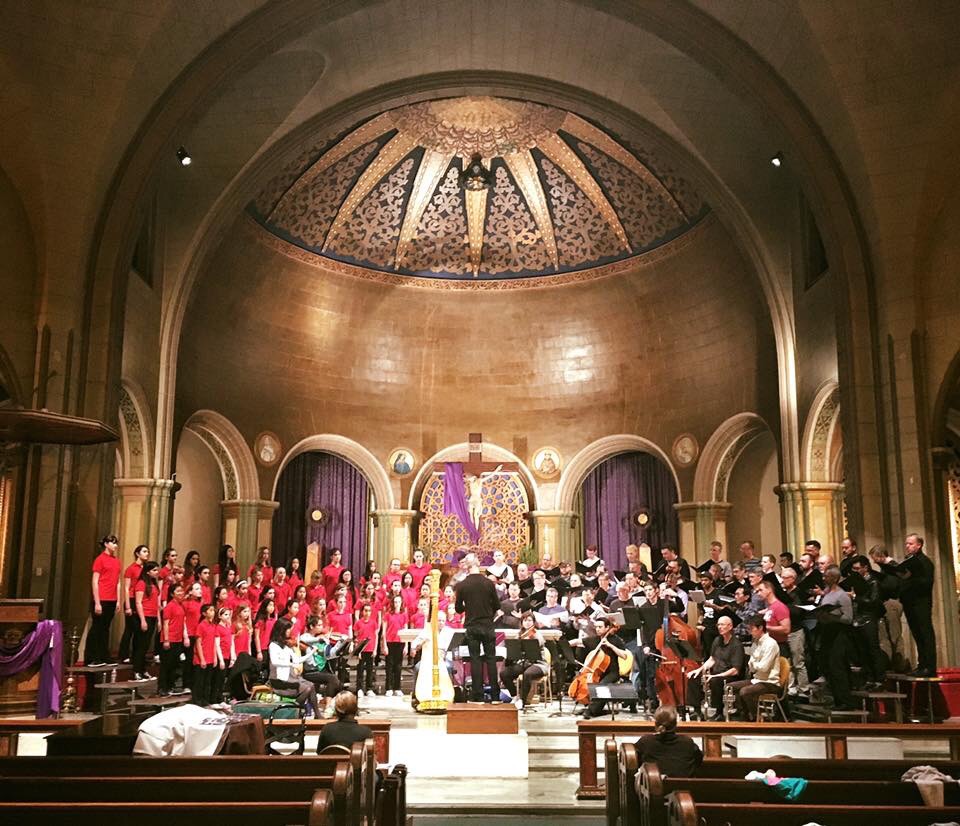
As I write this I am seeing images of the 20th anniversary commemoration of the twin towers attack and can’t help being reminded of another of Robert Moran’s works designed for resonant spaces like cathedrals. His “Trinity Requiem” (2011), written for the 10th anniversary of this tragic event, was written for the space in which it was subsequently performed, Trinity Cathedral in New York. Its setting of Psalm 23 lingers in my head as I write. The present work was written for and performed within the Kollegienkirche in Salzburg, Austria.
These two very different works serve to demonstrate the range of Moran’s creative palette and his ability to use disparate techniques to achieve remarkably personal and effective results. In the Trinity Requiem we hear a composer using fairly conventional tonal harmonies but with the unusual orchestration of children’s chorus, organ, cellos, and harps. His compositional methods, his harmonies are friendly and familiar, sweet and poignant without being saccharine.
By contrast, in Buddha Goes to Bayreuth” (2011/14), the composer uses a chamber orchestra, chamber choir, and the distinctive sound of a countertenor. And the orchestral writing involves the use of chance operations of the Chinese classic text, I Ching. As he tells it in his liner notes, the composer had been introduced to the I Ching by his friend John Cage. What is most interesting is how Moran is able to use a Cagean technique to produce his desired result and come out sounding nothing at all like Cage. It is a mark of Moran’s skills that he is able to draw on a wide variety of compositional techniques and a thorough knowledge of the subtleties of orchestration to create a sound which achieves his compositional goals.

The second part of this work, as you can see from the track listing, is nearly twice the length of the first. The second part was composed in 2011 and the first part to fulfill the request for an evening length performance piece.
Stylistically this work has more in common with Moran’s earlier mystery play, “Game of the Antichrist” than it does with the Requiem, though both are designed to take advantage of the resonant spaces of the cathedrals in which they were performed. This work relies more on the randomized chords in which Moran utilizes aleatoric structures in a way that are uniquely his. He did something similar in one of the pieces on another album reviewed here, “Points of Departure“.
This Dada-like dramatic work is but one side of Moran’s stylistic output. His sonic toolbox ranges from aleatoric and graphic scores to unabashed romanticism, from Cagean chance operations to scary minimalism (as in the yet unreleased “Spin Again” from 1982) and post-romantic singable melodies as in “Towers of the Moon” and his collaboration with Philip Glass in “The Juniper Tree”. In the end he is one of America’s finest composers whose music deserves more hearings and rewards listeners for the effort.
Producer Philip Blackburn clearly has an affinity for Moran’s work and he deserves thanks for making much of the composer’s work available in fine recordings. The entire spectrum as described above is available on recordings right now on both the Innova and Neuma labels. Get them while you can.

